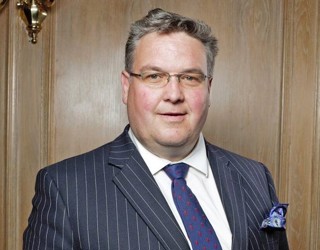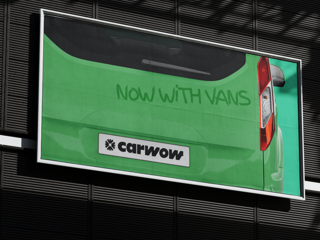Today, Capgemini have published a report advocating the transition to an agency model for distribution networks, supported by consumer and dealer surveys in Europe and China.
The first encouraging point is that their consumer and dealer research has produced results which align with that conducted by ICDP.
I question how consumers interpreted the meaning of “purchasing a car online”, but we agree with the basic conclusion that whilst consumers want to be able to conduct some parts of the purchase journey online, the overwhelming majority (98% in their data) consider a personal touchpoint with the dealer to be essential.
This is the drive towards omni-channel that in turn needs consistent and transparent pricing, most easily delivered through agency.
The report refers to third parties such as carwow and mobile.de as an alternative to the OEM or dealer channel (and strangely Carvana which is actually a used car retailer).
Supply discipline
They are not alternatives, nor in the business model sense are they disruptors.
They do not see themselves in this role either – they exist because of the inefficiencies of the current business model which encourages dealers to chase incremental sales at high discounts in order to win higher volume bonuses.
The OEMs could kill them overnight by applying better supply discipline – a change that we have seen in recent months, and a major contributor to the fact that despite months of disruption, many dealers expect to come close to their original 2020 profit targets, and OEM profitability is also forecast to remain strong in many cases.
Although the agency model can be compromised as badly (possibly worse) as the franchise model when supply is higher than demand, better supply discipline is not dependent on agency.
In the 1990s up to the financial crisis, ICDP worked with many OEMs to improve processes and systems, providing dealers with access to network stock and pipeline, whilst reducing inventory and improving the richness of the order mix.
We see the changes in the OEM to be much more challenging (though in a positive direction) than the Capgemini report authors.
Apart from the need for top down commitment to the improved supply discipline, there is also a need for a different mindset in the national sales company (NSC) – not just some organisational changes and staff reassignments.
The NSC today is more focused on stock and market share than on sales – perhaps meriting a small change to the title to National Stock Company or National Share Company?
Variable marketing budget is spent in increasing amounts as a month progresses in order to chase a market share target, and to push through the oldest stock.
Under agency, pricing decisions need to be made months in advance of a retail sale and adjusted as needed as the sales period nears, in much the same way as an airline prices seats or a hotel prices rooms.
NSC or NRC?
One of our members operating with agency made this clear in saying that their NSC now needs to think like a retailer, and indeed they will now only employ people who have a retail background.
Perhaps the acronym should change to NRC – a National Retail Company?
The sheer scale of the variable marketing spend does not appear to make it into the Capgemini investment case, but this is huge.
In a recent report, Bernstein highlighted that just a 1% improvement in pricing, representing a modest reduction in variable marketing spend, would be worth €20 billion annually to global OEMs.
And this calculation does not take into account the knock-on improvement to residual values, consequent reduction in leasing costs and improvement in affordability.
The real investment case for agency is to finally seize the prize of addressing variable marketing spend – I would argue too often the biggest and least well controlled element in the whole automotive value chain.
The final point I would pick out from the report is the recognition by both dealers and OEMs surveyed that agency requires a fair and sustainable remuneration model for dealers, to replace the traditional margin and bonuses.
We absolutely support that – as some of our own dealer interviewees put it, “it all comes down to the numbers”.
Many elements need to be taken into account including the opportunity for the dealer to still cover the past investment in OEM-specified facilities, but also the effect of transferring risk and some operational activities from the dealer to the OEM.
Neither of these are black and white calculations.
The facilities, admin staff, marketing and IT also support the (typically more profitable) used car and aftersales business, so you can’t just go through the financial statements and add up a few lines.
This could well be the biggest hurdle to jump for a sustainable agency model, and one that requires a level of openness and collaboration that tends to be rare in OEM-dealer relationships.
Author: Steve Young, managing director, ICDP



















Login to comment
Comments
No comments have been made yet.